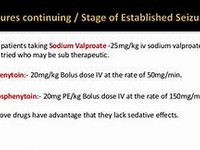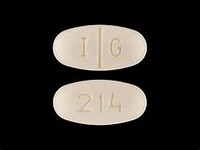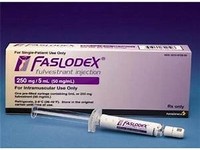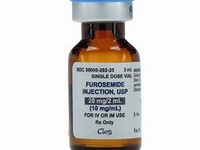rotigotine
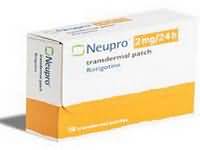
CLINICAL USE
Treatment of Parkinson’s diseaseDOSE IN NORMAL RENAL FUNCTION
2–8 mg every 24 hours With levodopa: max 16 mg every 24 hoursPHARMACOKINETICS
DOSE IN RENAL IMPAIRMENT
GFR (mL/MIN)
DOSE IN PATIENTS UNDERGOING RENAL REPLACEMENT THERAPIES
IMPORTANT DRUG INTERACTIONS
Potentially hazardous interactions with other drugsADMINISTRATION
Reconstition
–Route
TopicalRate of Administration
–Comments
–OTHER INFORMATION
Discontinue gradually at a rate of 2 mg/24 hours, every other dayApply to intact skin on the abdomen, thigh, hip, flank, shoulder or upper armIf a patch falls off replace with a new one Backing layer contains aluminium and should be removed prior to MRIs or cardioversionRotigotine is being investigated for its use in restless legs syndrome.
See how to identify renal failure stages according to GFR calculation
See how to diagnose irreversible renal disease
Home
